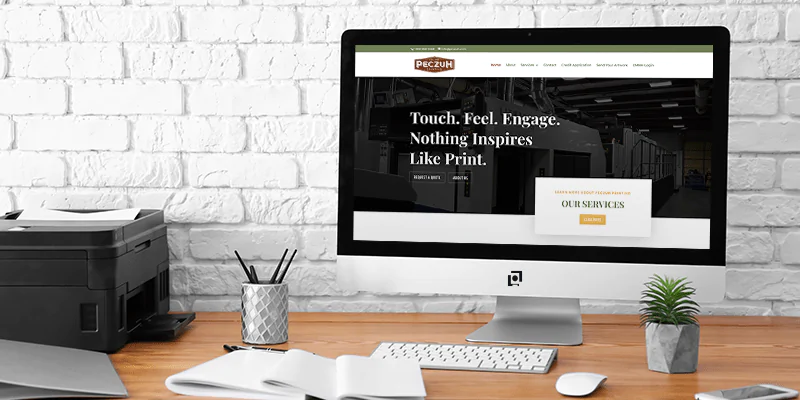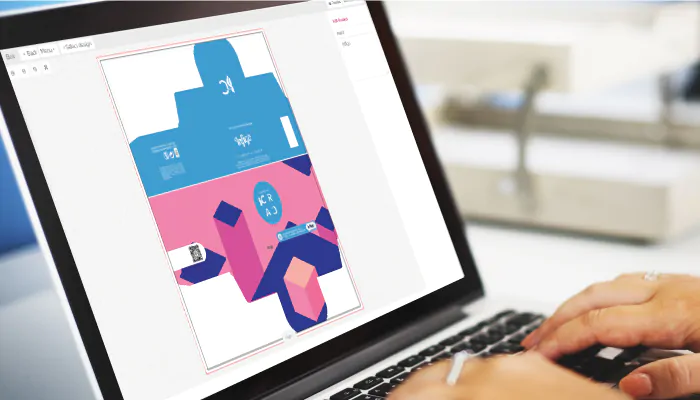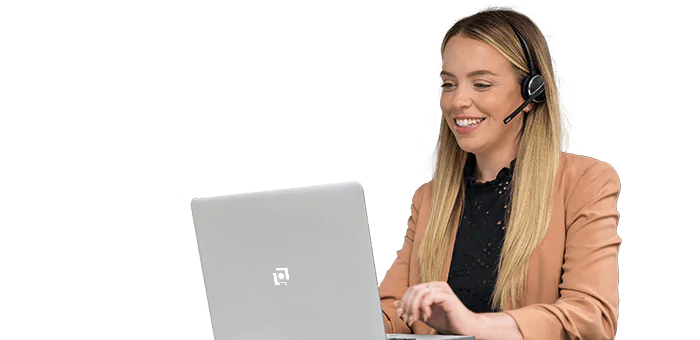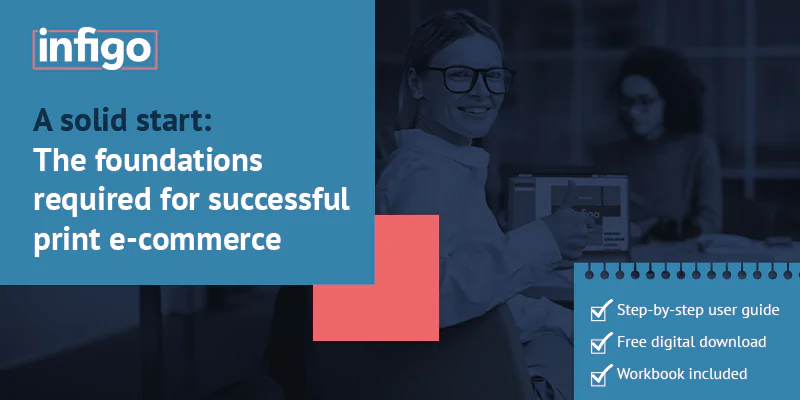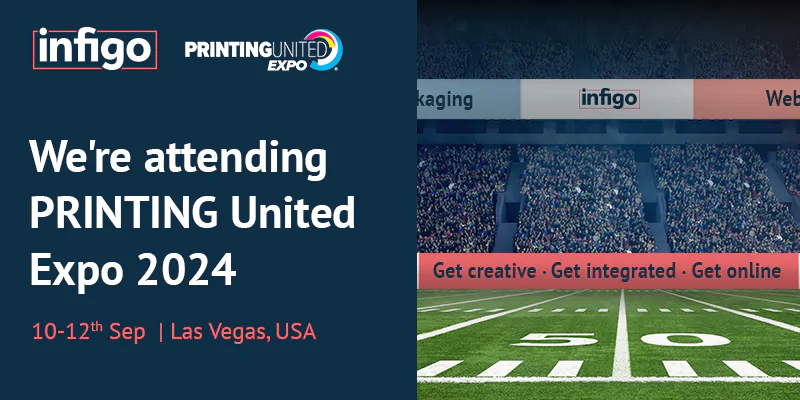Established in 1962, with facilities spread across Utah, Colorado and the Mountain States – Peczuh Printing has been offering a variety of print services for more than 60 years. Specialising in Commercial, Digital, Packaging & Wide format Printing, Peczuh prides itself on delivering experience, growth, artisanship and customer service to every job.
Download this case study in PDF form here.
The problem
Peczuh Printing has always prided itself on keeping up with market demand by investing in technology that keeps it one step ahead of the competition. The printer offers a range of services, from wide format to commercial offset print, to packaging carton manufacturing to digital services.
While the printer had already been using a web-to-print platform, Jay Harris, VP Technology, for Peczuh, says the software had its limitations.
“As far as being able to integrate and automate into our MIS solution it just didn’t have a strong API. So, we researched other options for web-to-print and decided on Infigo because they had a really nice API”, he says.
“They’d already started the conversation with our MIS vendor, Tharstern. So, a lot of the integration work was already underway. It made it a pretty clear and a much easier path for us to start developing and integrating those processes.
“So we have Switch from Enfocus that we use as an intermediate software middleware, and then we have Fuji, Xmf as our workflow. Being able to take all those workflows and integrate and automate with Infigo just gave us a powerful solution to be able to accomplish that.”
